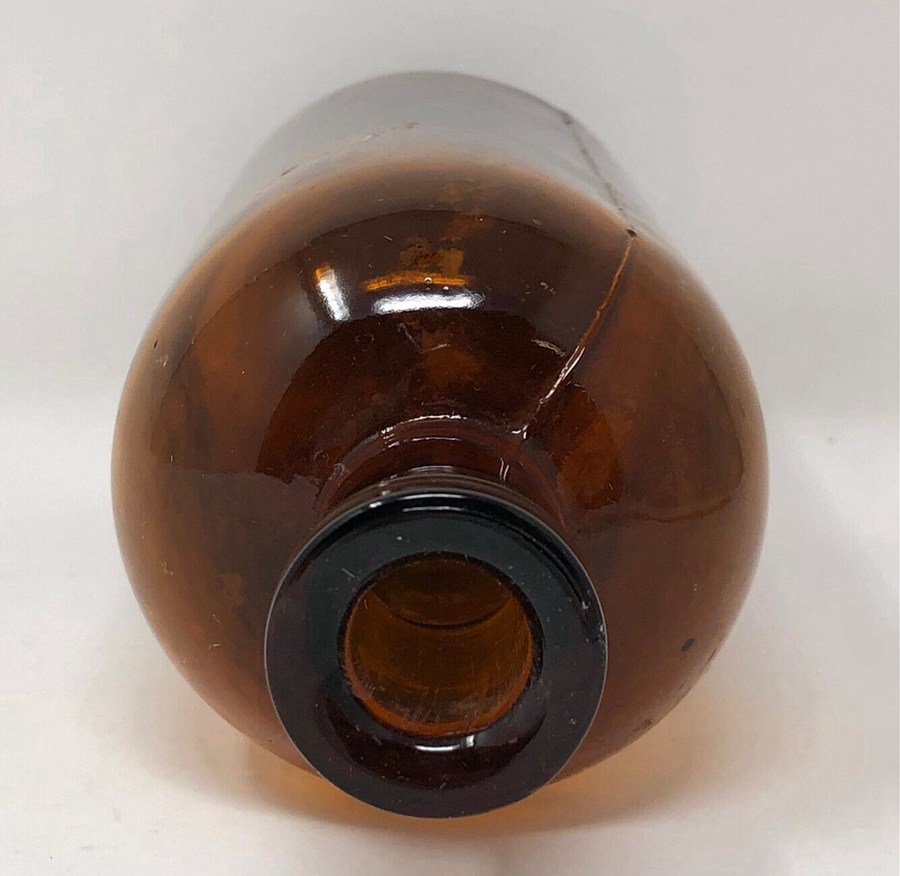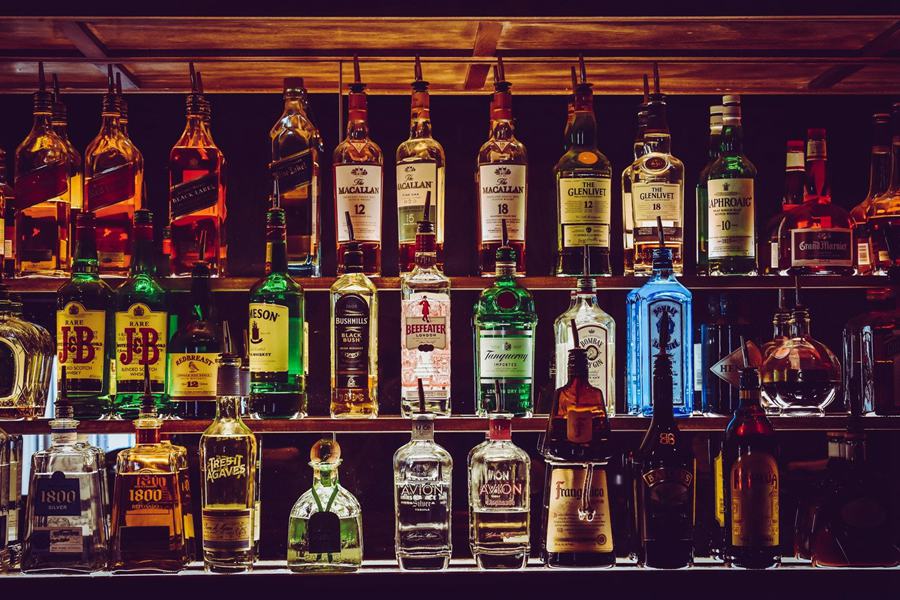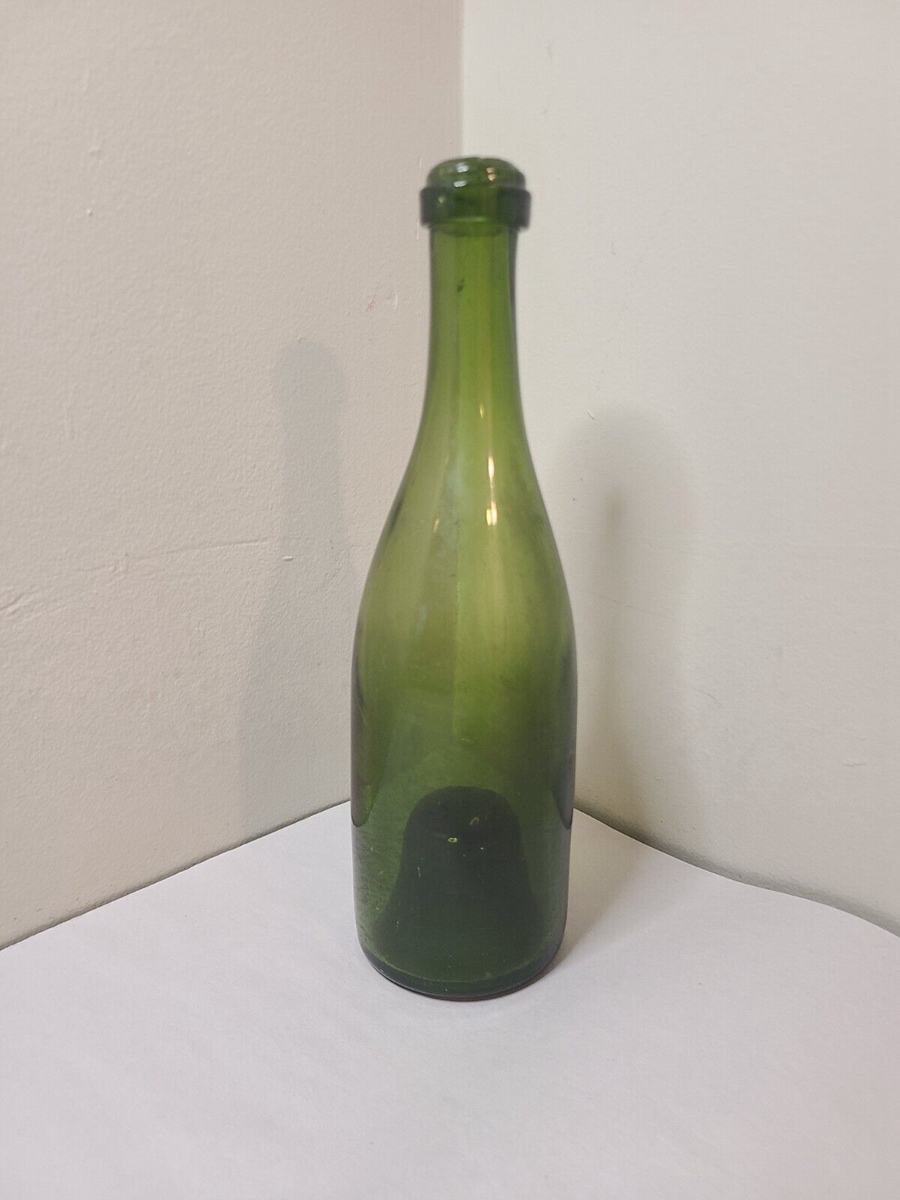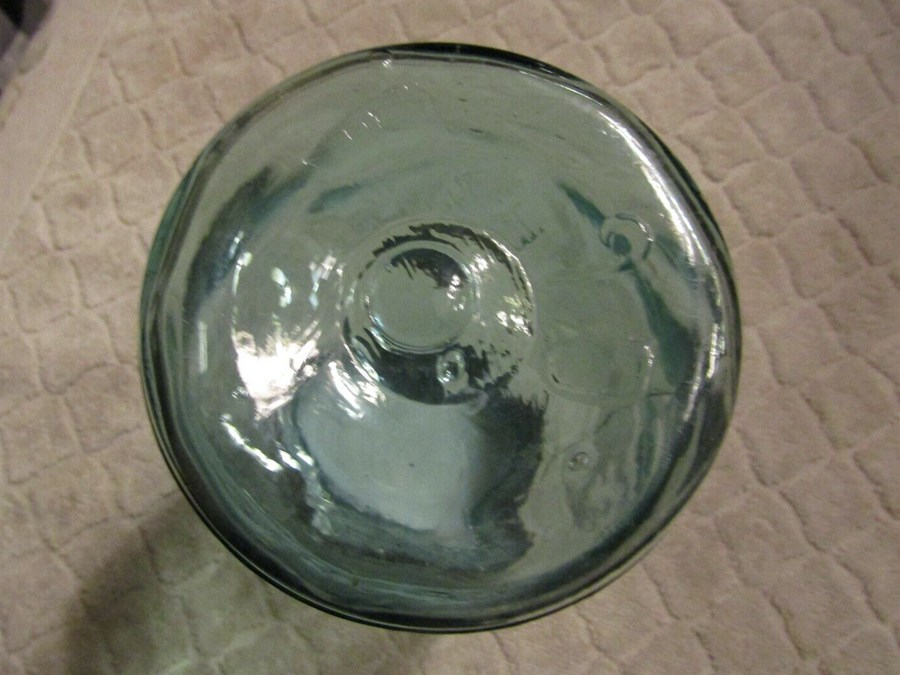When it comes to antique liquor bottles, your interest may be driven by historical curiosity or financial investment. Either way, knowing how to identify and determine the value of these old vessels is essential for any collector. In the world of antique bottles, the variety is vast, ranging from Avons, recent Coke bottles, figurals, and miniature soda and liquor bottles manufactured over the years. Determining the age, rarity, and value of antique bottles can be a fascinating and potentially lucrative endeavor.
To identify antique liquor bottles, you can start by examining their key features. One significant factor is the bottle’s finishing method. Mouth-blown bottles, for example, often have certain marks or characteristics, such as pontil scars and baffle marks, which are important for dating the bottle. Familiarizing yourself with these diagnostic features will help you distinguish between period pieces and later reproductions or modern bottles.
Aside from these visual cues, understanding the historical context of the manufacturer can also help. Companies like Brockway Machine Bottle Co. and Brockway Glass Co. left certain marks on their products that can narrow down the timeline of production. As you gain experience, your ability to identify and estimate the value of antique liquor bottles will improve, allowing you to confidently build your collection and appreciate the history and craftsmanship of these remarkable vessels.
Table of Contents
History of Antique Liquor Bottles
Early Manufacturing Techniques
In the early days of bottle making, various techniques were used to create antique liquor bottles. Some of the prominent methods include the freeblown technique, where artisans would blow molten glass into desired shapes using a blowpipe, and the mold-blowing technique that involved blowing glass into two or more piece molds. The resulting bottles had unique characteristics such as irregular shapes, varying thickness, and pontil marks left on the base from the removal of the blowpipe.
Glassmaking Processes
As glassmaking technology evolved, different processes were developed to improve the quality and consistency of bottles. One significant development was the introduction of furnace-regulated heat, enabling glass to be melted at higher temperatures and producing more uniform glass. Additionally, the incorporation of a snap tool that facilitated the detachment of the blowpipe from the bottle’s base without leaving any pontil marks improved the aesthetics and consistency of liquor bottles. Various types of glass, such as flint glass, used lead for clarity and sparkle, while soda-lime glass was more affordable and used for everyday bottles.
Development of Machine-Made Bottles
By the early 20th century, the bottle-making process transitioned from manual methods to machine production. Semi-automatic and fully automatic machines were developed, which dramatically increased the efficiency and output of bottle production. These machines allowed bottles to have more uniform shapes, consistent thickness, and even distribution of glass. However, the intricate details and character that were present in handmade bottles began to disappear.
Throughout the history of antique liquor bottles, various manufacturing techniques and glassmaking processes have shaped their unique and distinguishing features. Familiarizing yourself with these historical aspects can help you in your pursuit to identify and assess the value of antique liquor bottles. Remember to pay attention to details such as the shape, thickness, and markings on the bottles, as these can provide vital information about their age and manufacturing method.
Types of Antique Liquor Bottles
Wine Bottles
When it comes to antique wine bottles, you’ll notice that they often have a cylindrical shape, with a long neck and a rounded body. The colors of these bottles range from green to amber, depending on the glass used during production. Some wine bottles may have embossed or etched markings, indicating the vineyard or producer.
Liquor Flasks
Antique liquor flasks are a distinct category of collectible bottles. These small containers were used to discreetly carry alcoholic beverages and typically had a flattened or curved shape to easily fit in a pocket. Made from various materials like glass, pewter, or ceramic, antique flasks often come in unique and artistic designs. Look for unusual shapes and intricately crafted decorative elements to identify valuable examples.
Identifying Antique Liquor Bottles
Mold Lines and Seams

When examining an antique liquor bottle, one of the first things you should look for are mold lines and seams. These lines indicate how the bottle was made. In general, older bottles will have fewer seams and less pronounced mold lines. Keep an eye out for:
- Bottles with no mold lines, which could be very old and valuable
- Bottles with just one mold line, which are still quite old and potentially valuable
- Bottles with multiple mold lines, which are likely newer and less valuable
Pontil Marks
Another important feature to look for is a pontil mark. Pontil marks are usually found on the base of a bottle and were created when the bottle was detached from the glassblowing rod. A pontil mark can be:
- A scar left by a glass-tipped pontil rod, often referred to as a “glass-tipped” or “open” pontil
- A round indentation left by an iron pontil rod, known as an “iron” or “closed” pontil
Bottles with pontil marks typically date from before the 1860s and can be valuable.
Mouth-Blown vs Machine-Made Bottles
Determining whether a bottle was mouth-blown or machine-made can provide insight into its age. Mouth-blown bottles were made until the early 20th century and often have irregularities, such as air bubbles or tool marks. In contrast, machine-made bottles are more uniform, with consistent shapes and sizes. To differentiate between these two types, look for:
- Irregularities suggesting mouth-blown production
- Precise seams and shape, implying machine-made production
Bottle Bases and Finishes
The base and finish of a bottle can also help with identification. Remember to examine:
- The shape of the bottle base, with older bottles often having high, rounded bases
- The type of bottle finish, which refers to how the bottle’s opening was constructed
Glass Color and Stopper Types
Antique liquor bottles come in various colors and stopper types. Glass colors can range from clear to dark green or amber. The type of glass stopper can also offer clues about a bottle’s age:
- Cork stoppers were commonly used in older bottles
- Screw-on caps and glass stoppers with rubber gaskets generally suggest a newer bottle
Maker’s Marks and Logos
Finally, be sure to check for maker’s marks and logos, typically located on the bottle’s base or body. These markings can provide valuable information about the manufacturer and the bottle’s age. Researching known marks and logos can help you accurately identify an antique liquor bottle and potentially determine its value.
Factors That Affect Antique Liquor Bottles Identification & Its Value
Age and Rarity
When identifying and valuing antique liquor bottles, the age and rarity of the bottle play an essential role. Older bottles with fewer surviving examples tend to be worth more than younger or more common bottles. Examine the materials, the quality of the glass, and any markings to help determine the age of the bottle.
Brand and Distillery
Recognizable brands and distilleries often increase the value of antique liquor bottles. Collectors may be particularly interested in bottles from well-established or historically significant distilleries. Keep in mind that distilleries change ownership and may produce different products under their name, which can affect the value.
| Brand & Distillery | Average Valuation |
|---|---|
| Old and Rare | $600 – 800 |
| Well-established | $400 – 600 |
| Lesser-known | $200 – 300 |
Bottle Design and Shape
Unusual and intricate bottle designs can be more valuable. Factors such as the color of the glass, embossing, and unique shapes add to the appeal for collectors. Evaluate the craftsmanship and artistic quality when identifying and valuing a specific bottle.
Condition
The condition of the bottle greatly affects its value. Chips, cracks, and broken seals all reduce the value of an antique liquor bottle. Conversely, bottles in pristine condition with labels and seals intact can command higher prices.
Provenance and Historical Significance
The history and provenance of an antique liquor bottle can significantly impact its value. Provenance refers to the history and ownership of a specific item, with a well-documented history being more desirable. Bottles associated with famous events or individuals can command a premium.
Scarcity and Demand
Scarcity and collector demand play a substantial role in the value of antique liquor bottles. Limited production runs and regional differences in bottle manufacturing may create a sense of scarcity, driving up collector interest and value.
| Scarcity & Demand | Average Valuation |
|---|---|
| Highly scarce | $800 – 1,000 |
| Moderately scarce | $400 – 600 |
| Common | $100 – 200 |
Market Trends and Collector Preferences
Market trends and collector preferences are continually changing. Keep an eye on the rise and fall of certain styles, brands, or bottle designs to understand current market preferences better. Monitoring auction results, online forums, and social media can provide valuable insight into what collectors are looking for in antique liquor bottles.
Conclusion
In your journey to identify and determine the value of antique liquor bottles, it’s essential to consider factors such as age, rarity, condition, and historical significance.
To assist you with this task, research and consult various resources, including books, websites, and bottle-collecting communities, which can provide valuable information and insights on bottle history and value. Additionally, consider the following aspects when assessing your antique liquor bottles:
- Age: Examine the manufacturing techniques, bottle shape, and markings to identify the approximate age of the bottle.
- Rarity: Rarity plays a significant role in the value of a bottle. Research the bottle’s origins and production history to establish its scarcity.
- Condition: Assess the bottle’s physical condition for any defects, cracks, or stains, as these may negatively impact its worth.
- Historical Significance: Determine if the bottle has any historical connections or provenance, which can increase its value and collector appeal.
Remember to practice patience and keep learning, as expertise in antique bottle identification and valuation takes time and experience. Engage with other collectors and experts in the field to expand your knowledge and enhance your collection. With diligence and persistence, you’ll develop a refined eye for identifying and valuing antique liquor bottles, making the entire process enjoyable and rewarding.











